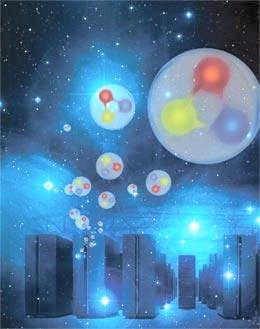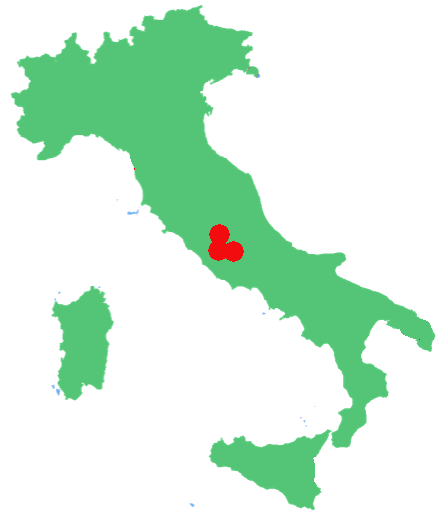Abstract
 Studies in the field of flavor physics are mainly motivated by the search for physics beyond the Standard Model, for which there are already experimental evidences (dark matter, matter-antimatter asymmetry, neutrino masses) and strong theoretical indications. These studies are based on precision measurements aimed at revealing the contributions of new physics particles in the virtual quantum corrections.
Studies in the field of flavor physics are mainly motivated by the search for physics beyond the Standard Model, for which there are already experimental evidences (dark matter, matter-antimatter asymmetry, neutrino masses) and strong theoretical indications. These studies are based on precision measurements aimed at revealing the contributions of new physics particles in the virtual quantum corrections.
In the hadronic sector of flavor physics, the interpretation of the more and more precise experimental measurements requires an equally accurate theoretical determination of the relevant hadronic parameters (decay constants, form factors, etc..), which enclose the non-perturbative effects of strong interactions. For these determinations, the preferred approach is provided by numerical simulations of lattice QCD.
Over the years lattice results on some of these quantities have been obtained by adopting several approximations: quenching, small physical volumes, coarse lattice spacings, heavy quarks treated by means of effective field theories, etc. Thanks to the advances achieved in the last fifteen years in this field, we are now in a position to perform, for example, unquenched simulations with Nf=2+1+1 dynamical flavors with pions close to the chiral regime of QCD.
The most relevant results obtained by our group in this activity include the determination of quark masses (quoted by PDG), the calculation of hadronic parameters that are relevant for the determination of the Cabibbo angle and of other elements of the CKM matrix and first non-perturbative studies on the lattice of the electromagnetic and isospin corrections to pi- and K-meson observables.
Although at present we have significantly improved our control of the systematic errors affecting lattice QCD simulations, much more remains to be done in order to further improve the accuracy of results and extend the range of physical observables under study.


